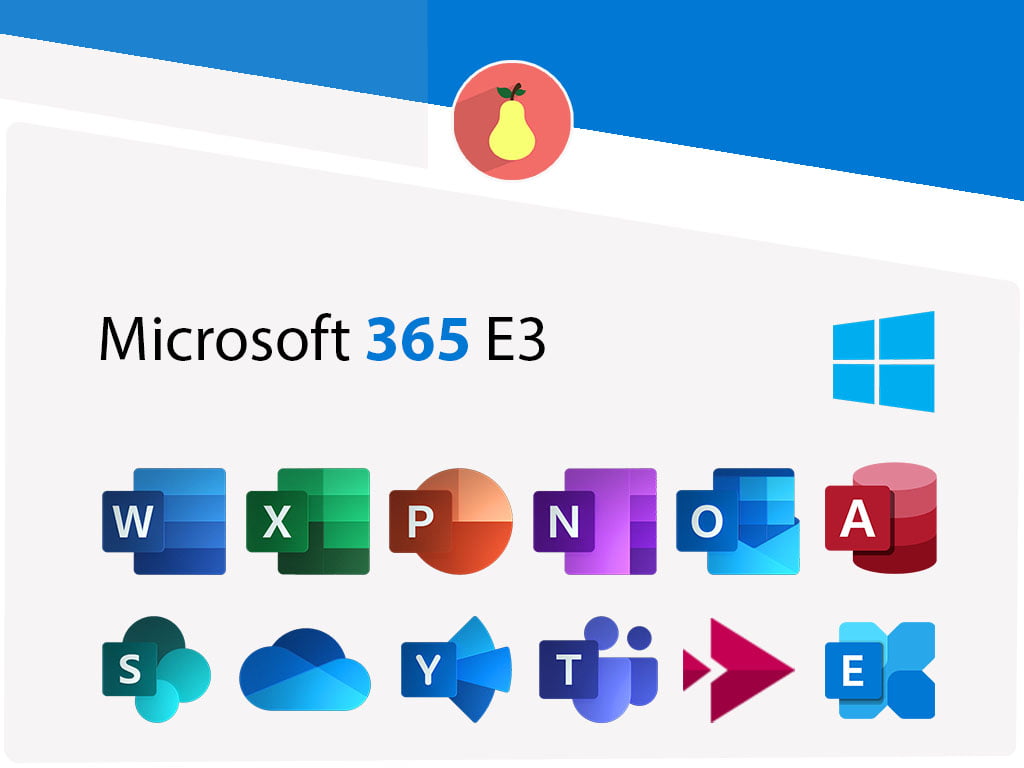Even if you are using Microsoft Office 365 Enterprise Office 2007, or a newer version including Microsoft Office 365, it’s likely you have files created in Office 2003 or earlier. When you open any of these Word, Excel, or PowerPoint files from Microsoft Office, Compatibility Mode is turned on, and you see [Compatibility Mode] in the title bar of the document window. Compatibility Mode ensures your files can still be fully edited by others who are using previous versions of Microsoft Office although you may no longer need this backwards capability. What are your choices for working with these “older” but important files in a newer version of Microsoft Office?
Options for Working with Office 2003 Files
- No Changes. When you are editing a file originally created in an Office 2003 program, you can continue to work in Compatibility Mode and save the file as usual without changing the file format. That is, keep working with it and saving as before; the file will not be automatically changed to a new version. These Office 2003 files can still be opened from Office 2010 or any earlier version.
- Save As to Newest Version. You can save any Office 2003 or earlier file as a Office 2007 or newer version. The Save As option is found under the Backstage View/File tab (Office 2010 and newer) or the Office Button (Office 2007). The downside is that unless you specify a different location or delete the older file, both files will remain in the same location but with different file extensions.
- Convert to Newest Version. To take advantage of all of the latest features in your current version of Microsoft Office, you can convert a file to the appropriate Office 2010/2007 file format. For example, the Convert command in Microsoft Word converts and replaces a document with the.doc format, and upgrades the file to the.docx format. The Convert option is recommended over Save As.
How to Convert a File to a newer Microsoft Office File Format
Converting your file gives you access to the new and enhanced features in Office 2016, 2013, 2010 or 2007 such as tables, expanded worksheets, and PivotTables in Excel, SmartArt and Picture Styles in Word, and new graphics and transition features in PowerPoint.
To Convert a File:
- From one of your Microsoft Office programs (Word, Excel, or PowerPoint), open any file created in an earlier version of Microsoft Office.
- In Office 2010 and newer: Select the Backstage View (File tab) and choose the Convert button from the Info tab. In Office 2007: Click the Office Button in the upper-left corner and choose Convert from the menu.
- Next, you will see a program-specific prompt about the convert action. Navigate through your choices.
- If the program doesn’t close and reopen automatically, close the file and reopen it to continue using it with all of the available features in your current Office program. The converted file will open with the appropriate file extension. For example, when you save an Excel 2003 file containing macros, it will normally be converted as an Excel macro-enabled workbook (.xlsm extension).
Converted files are replaced with the updated file and file format. The Convert command is not available when a file is already saved with an Office 2010/2007 file format. Note: Before proceeding with the convert process, consider if you want to first backup your files.
Dawn Bjork is The Software Pro® and a Microsoft Certified Trainer (MCT) as well as a certified Microsoft Office Specialist (MOS) Master Instructor, certified Microsoft Applications Specialist (MCAS) Instructor, and a certified Microsoft Office expert. Dawn shares smart and easy ways to effectively use software through her work as a technology speaker, software trainer, consultant, and author of 9 books. Discover more software tips, tricks, tactics, and techniques.



